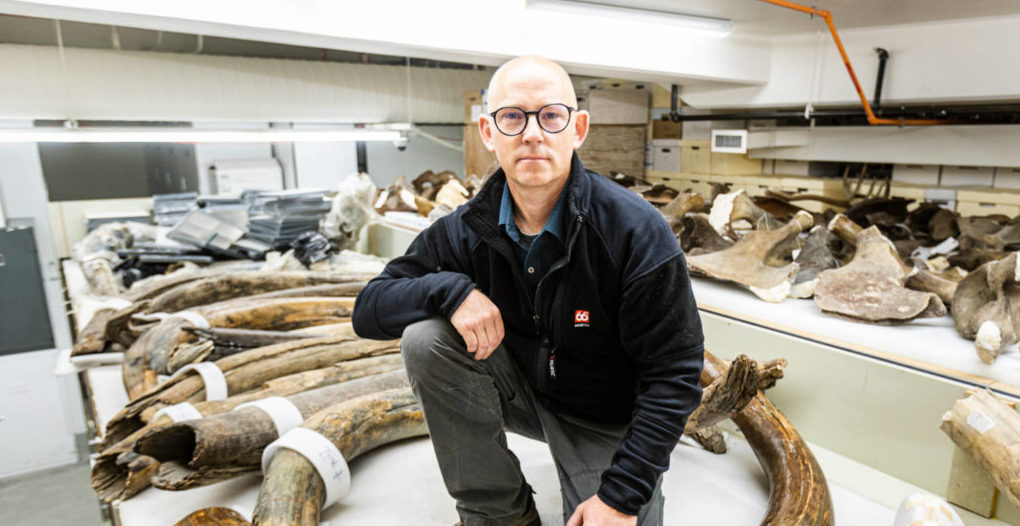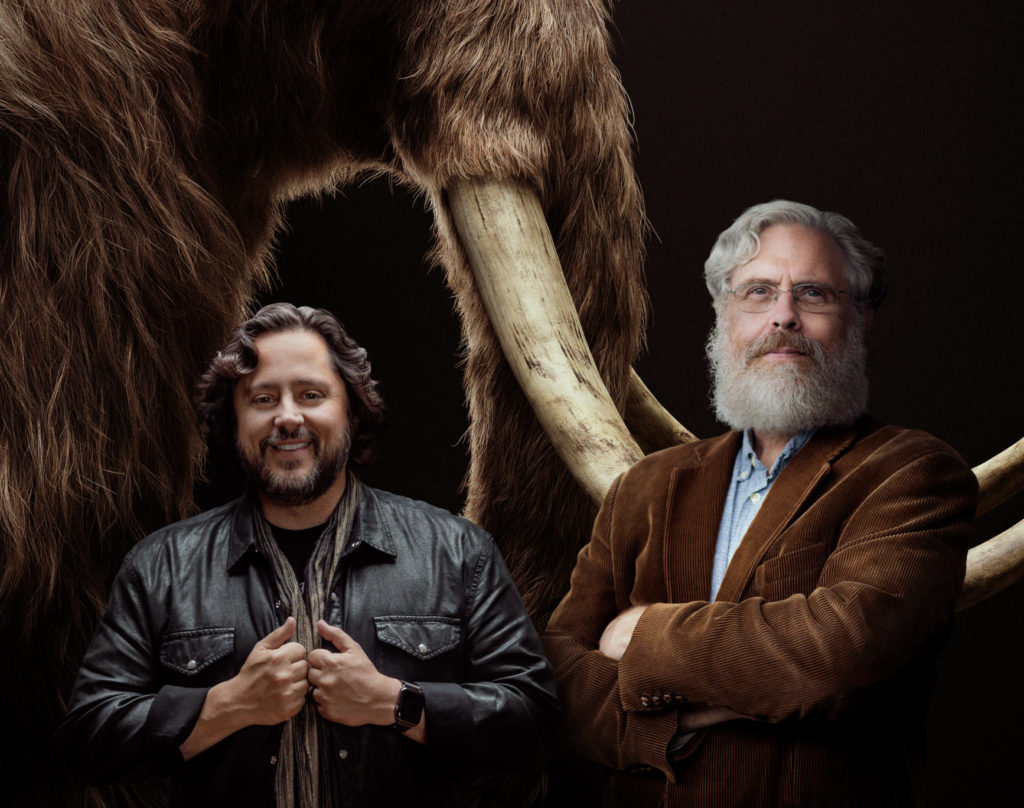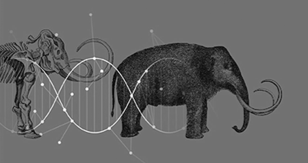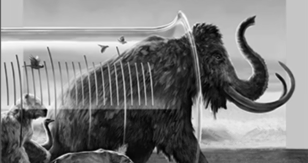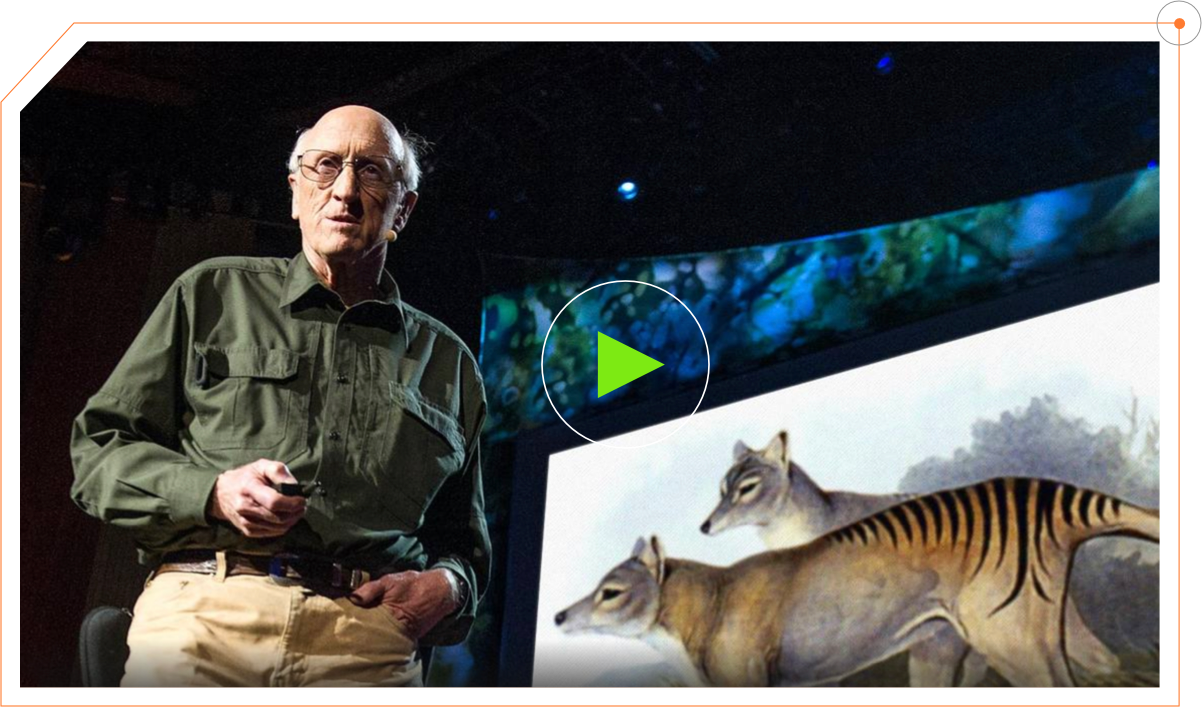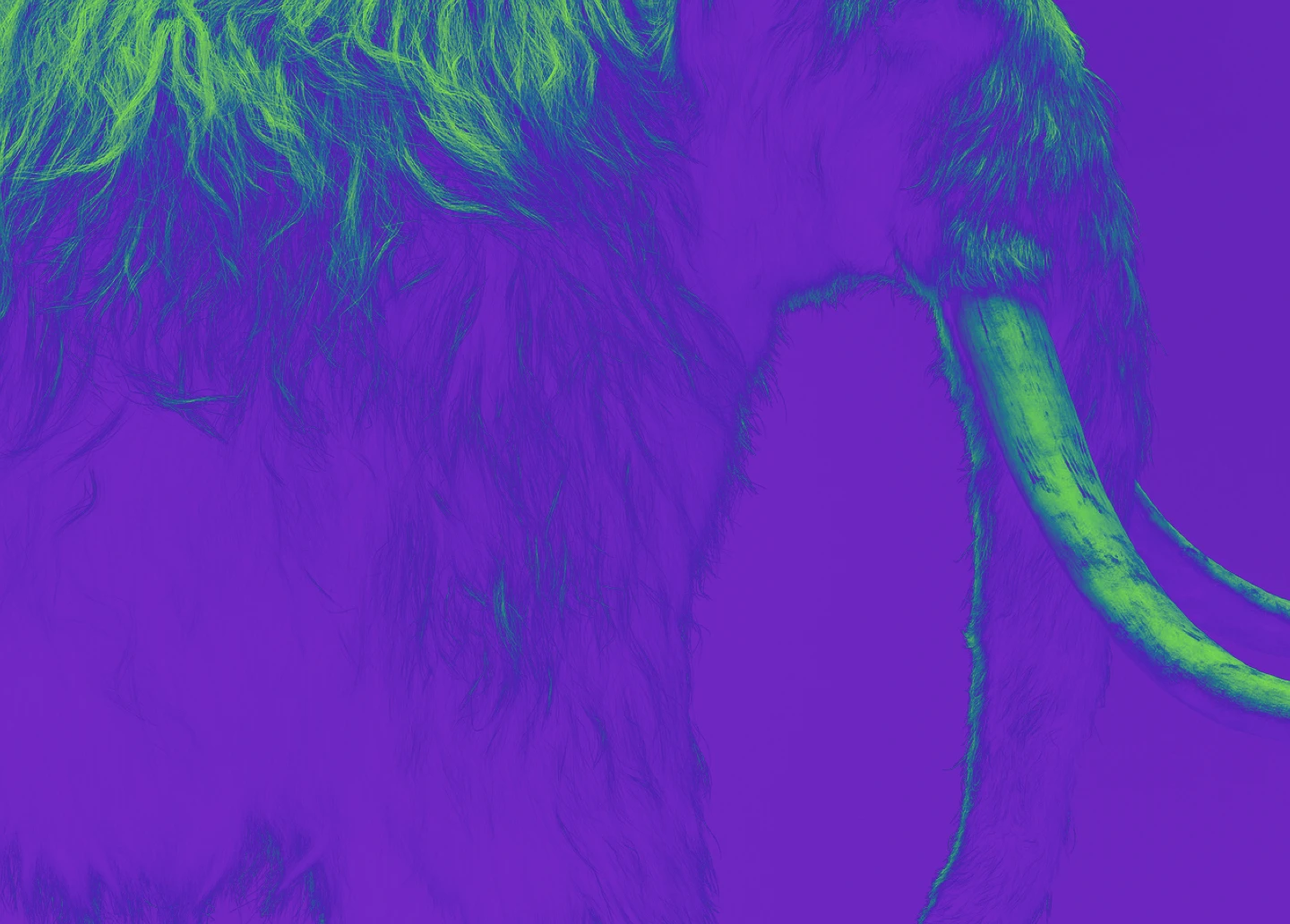

Themammoth

MAY PREHISTORY THUNDER FORWARD.
We have the DNA,the technology and the leading experts in the field. Next, we will have the woolly mammoth. Alive again.





EARTH’S OLD
FRIEND AND
NEW HERO.
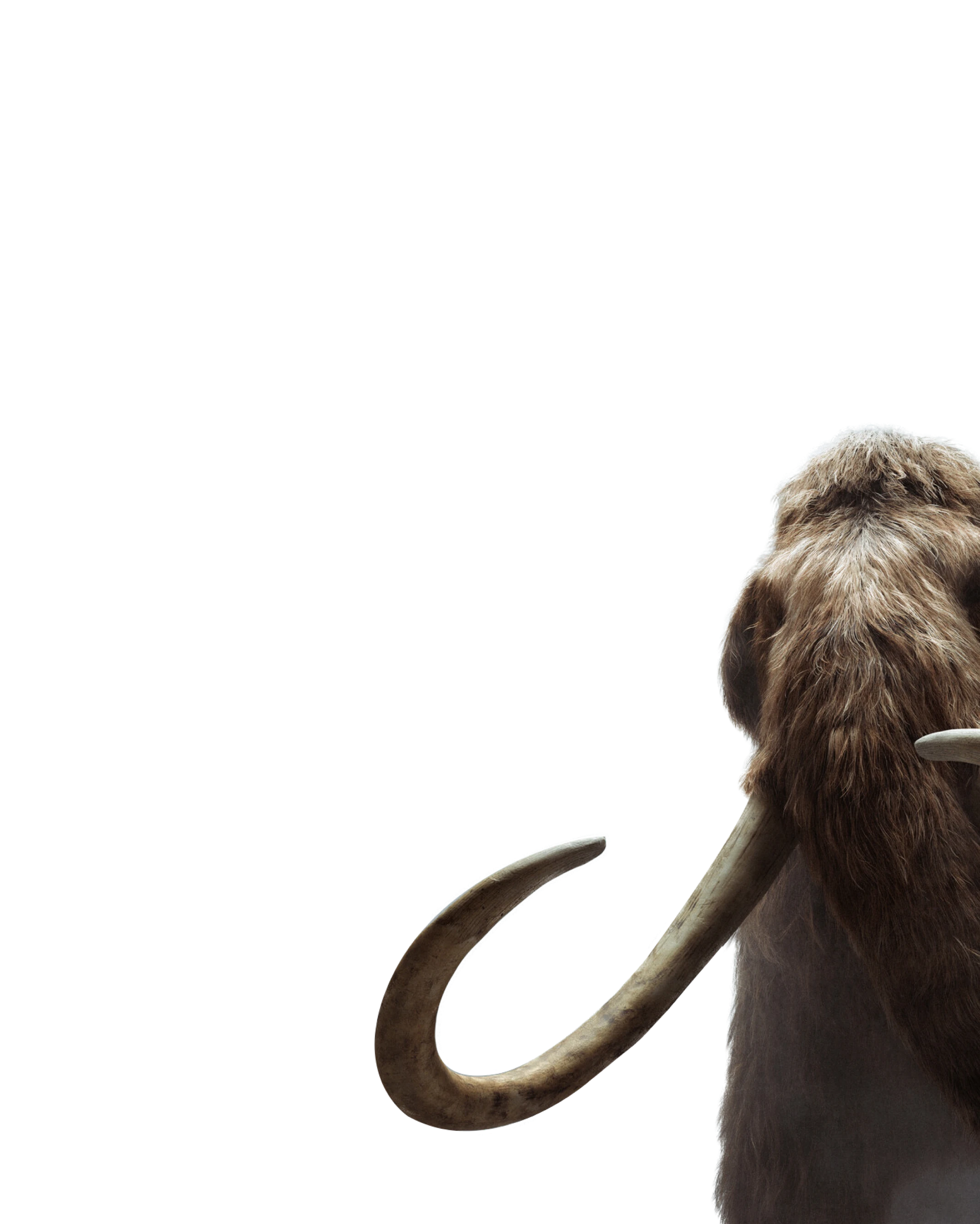
Colossal’s landmark de-extinction project will be the resurrection of the woolly mammoth - or more specifically a cold-resistant elephant with all of the core biological traits of the woolly mammoth. It will walk like a woolly mammoth, look like one, sound like one, but most importantly it will be able to inhabit the same ecosystem previously abandoned by the mammoth’s extinction.
And this core value cannot be overstated:
The woolly mammoth is a vital defender of the earth.
Mammoth De-Extinction: Restoring The Past For A Better Future
Ending extinction to advance the genetic future of humankind and the health of the planet starts with thinking beyond what people think is impossible. See what we’re doing at Colossal Biosciences today to rewrite history tomorrow.
5 CORE
GOALS
FOR
REVIVING
THE
MAMMOTH
GOALS
FOR
REVIVING
THE
MAMMOTH
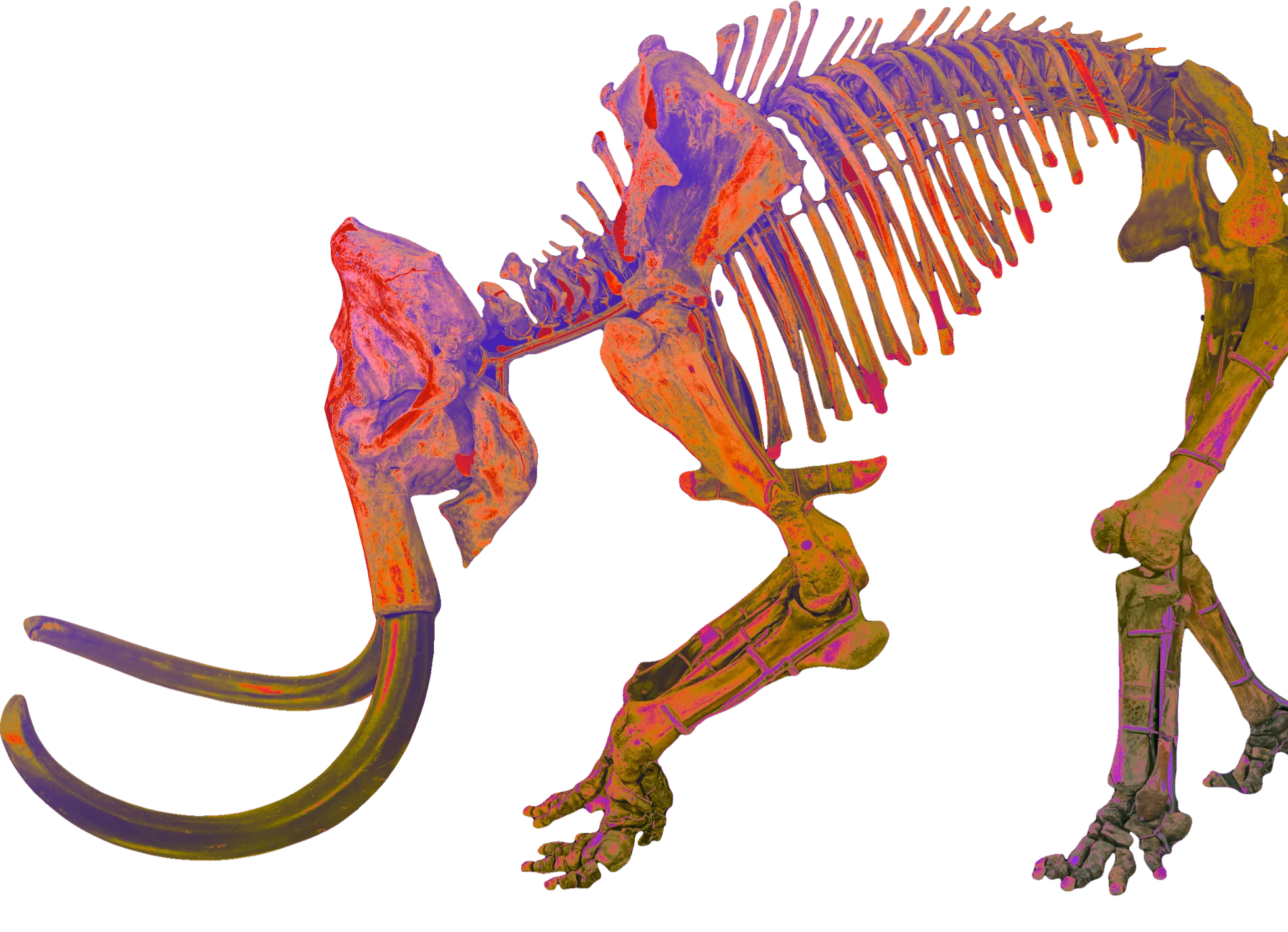
- 01 Increase resilience of habitats to climate change and environmental upheaval
- 02 Develop new tools & techniques that will contribute to the global effort to save modern elephants from extinction
- 03 Understand the genetic basis traits of cold adaptation in animals
- 04 Drive advancements in multiplex genome editing
- 05 Demonstrate that it's possible to bring back an extinct megafauna species
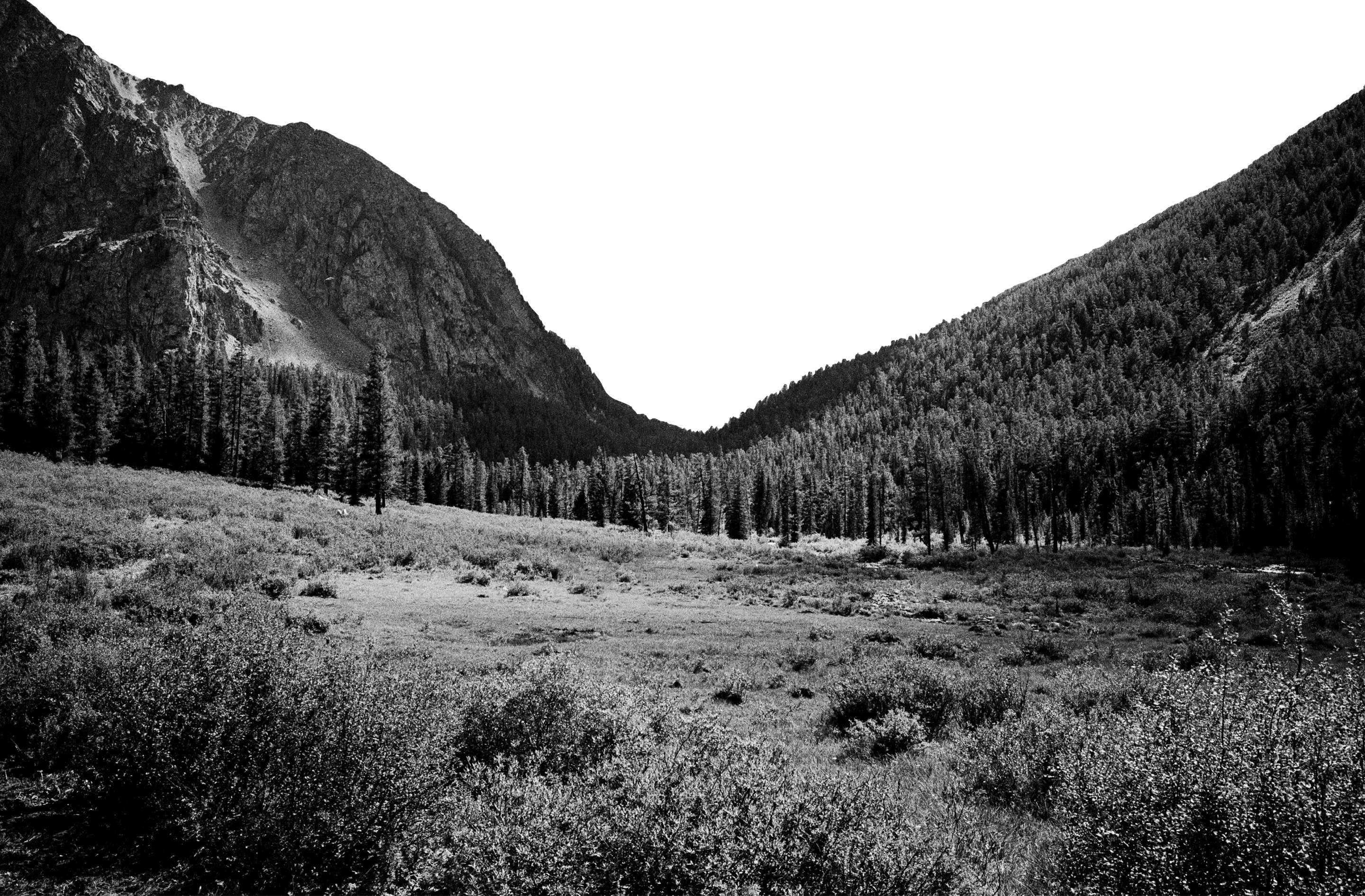
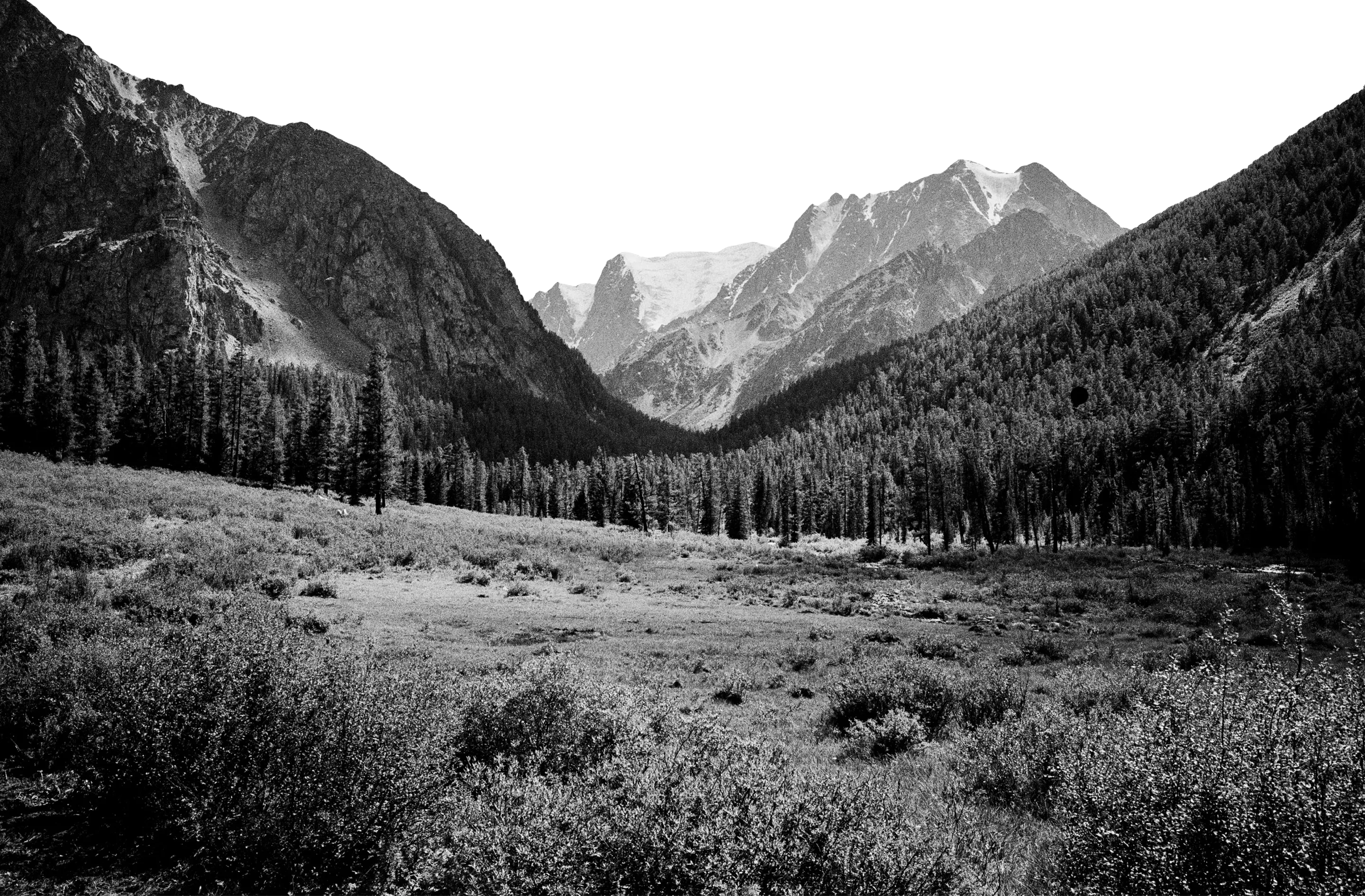

BIOLOGY
MAMMUTHUS
PRIMIGENIUS
The woolly mammoth is a cold-resistant herbivore mammal. Meaning it’s a warm-blooded creature that can survive in freezing temperatures. It was large and slow moving, with short compact ears to prevent heat loss, insulated by two layers of thick fur to keep the blood warm, along by staying rather active and consistent with its migration and foraging activities.
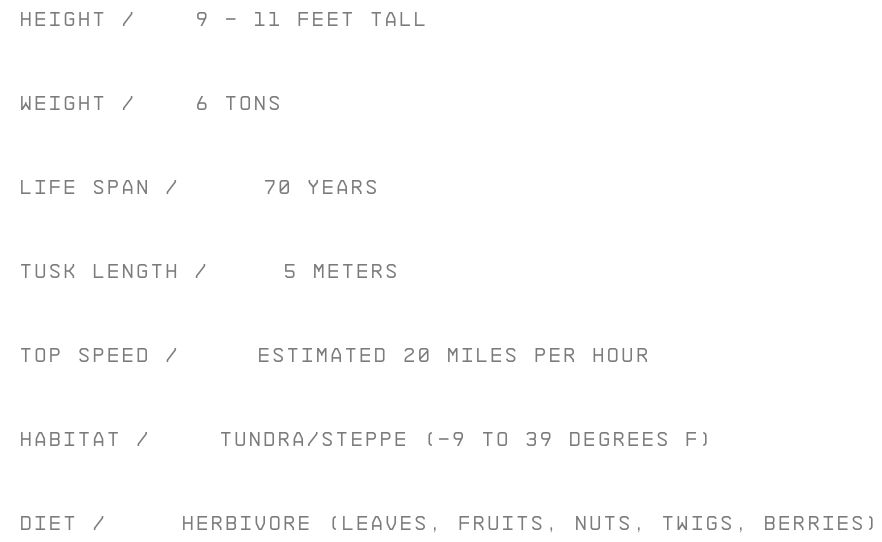


Among large herbivore mammals, the woolly mammoth is primarily recognized by its two large inverted, curling tusks that it used to dig and locate food. Much like a tree, but with far greater detail, scientists can age mammoths based on the number of rings present in a cross-section view of the tusks - even down to the number of weeks and days, and in what the weather was like when the animal died. In addition to the tusks, mammoths had four massive molars employed in the mastication of the dense plant matter that comprised its diet. Throughout the life of a mammoth, these molars would grow and be replaced up to six times.
Another unique feature of the mammoth are big, soft clumps along the upper ridges of their back - similar in position to those of a camel, but not as large. These clumps however were filled with fat to help keep the animal both insulated and energized during long, frigid months in largely barren landscapes.
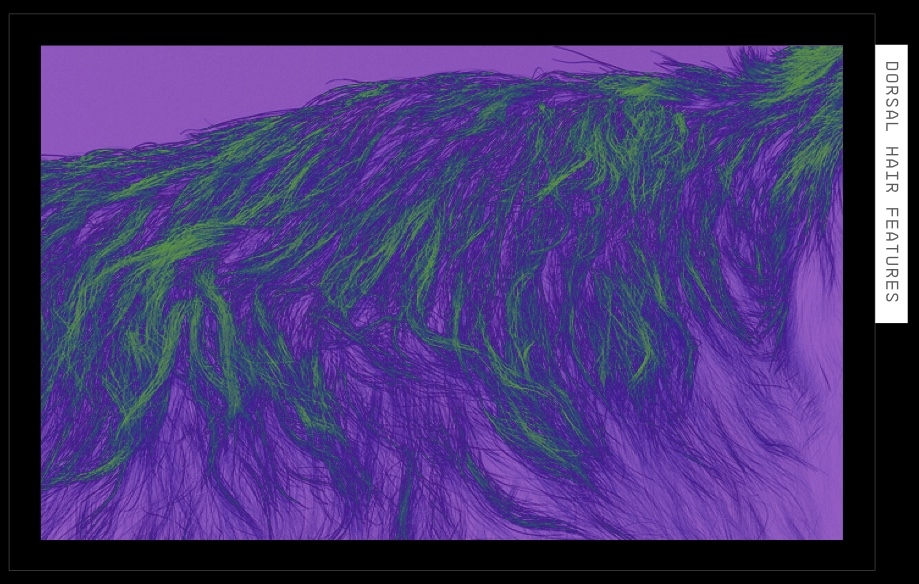
Surrogate Parents
DNA MATCHeS
“Parents” of the Cold
Resistant elephant
- Colossal has decided to explore both African & Asian elephants as the surrogate parent.
- African Savanna Elephants are Endangered and African Forest Elephants are critically endangered.
- African elephants are also larger than Asian elephants and will have less difficulty delivering an elephant hybrid.
- Scientists will transfer a hybrid Asian-woolly mammoth embryo into a healthy African or Asian elephant surrogate.

- The Asian elephant is the woolly mammoth’s closest living relative, and therefore has the most genes in common with it than any other living animal.
- It is the largest living land animal in Asia.
- Since 1986, the population has declined 50% over the last three generations - resulting in an “endangered” designation.
- The genus Elephas, Asian elephant, originated in sub-Saharan Africa during the Pliocene period, and spread throughout Africa before expanding into the southern half of Asia.
- Both the woolly mammoth and the Asian elephant existed at the same time on the same continent.
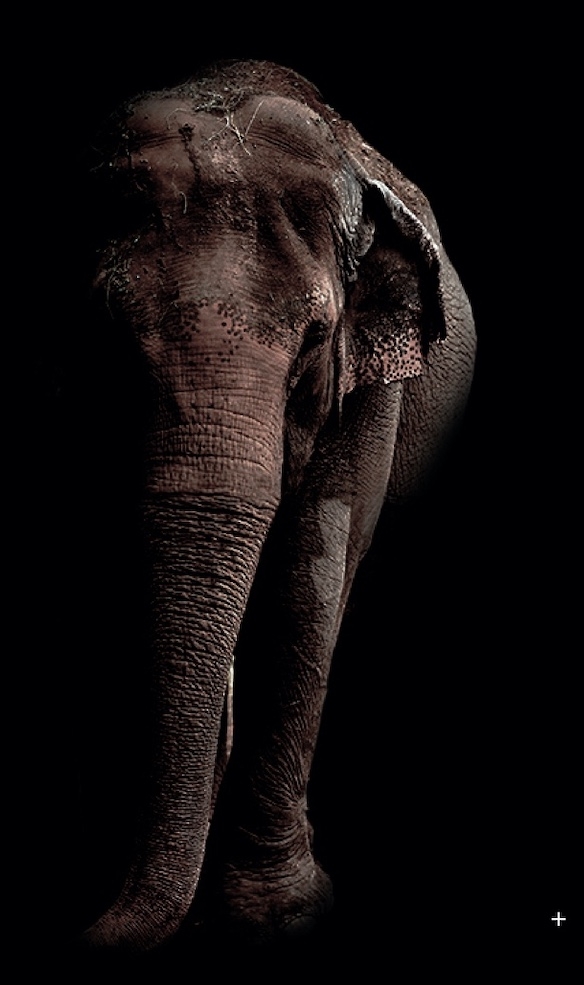
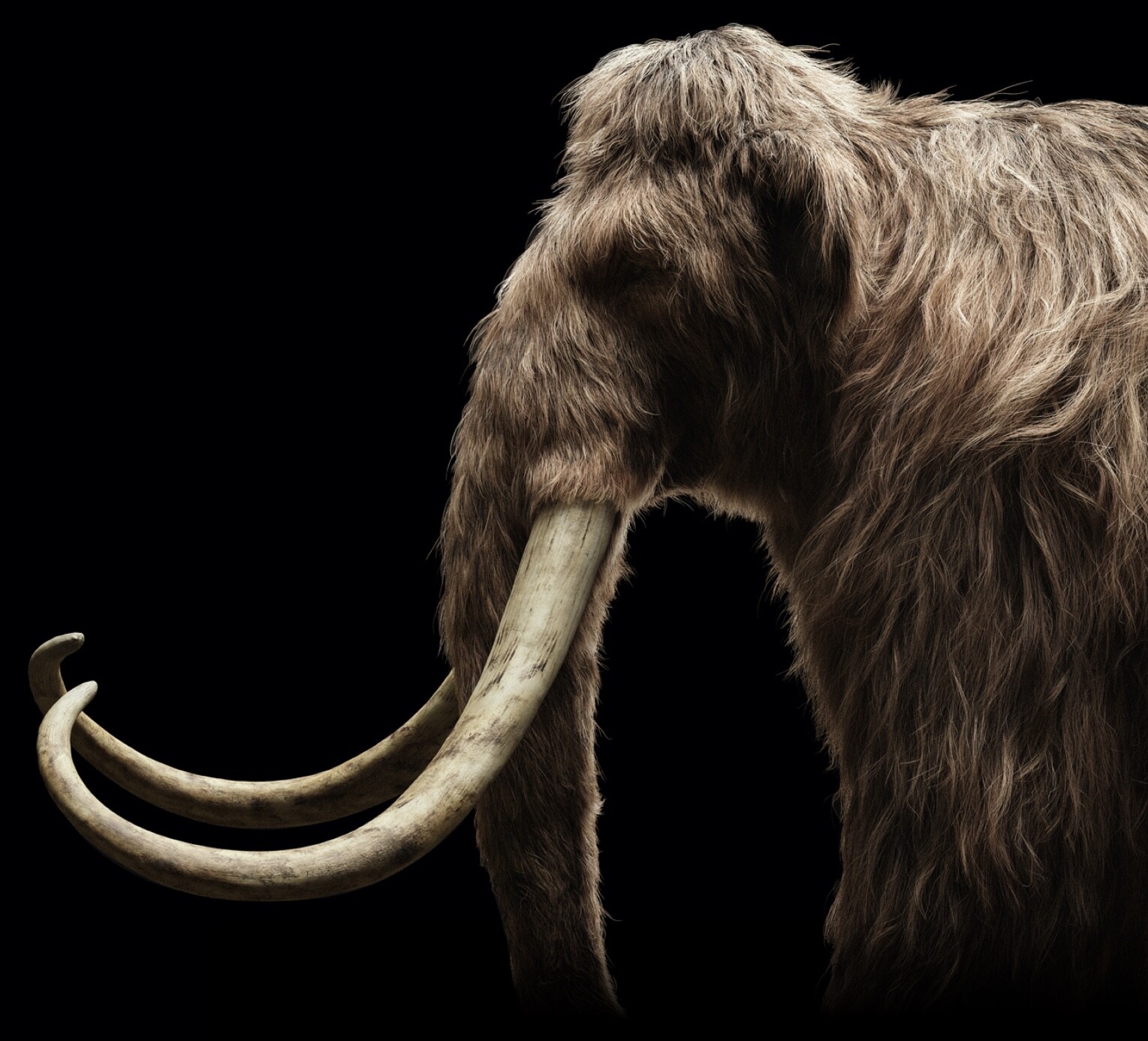
REVIVING MAMMOTHS.
SAVING ELEPHANTS.
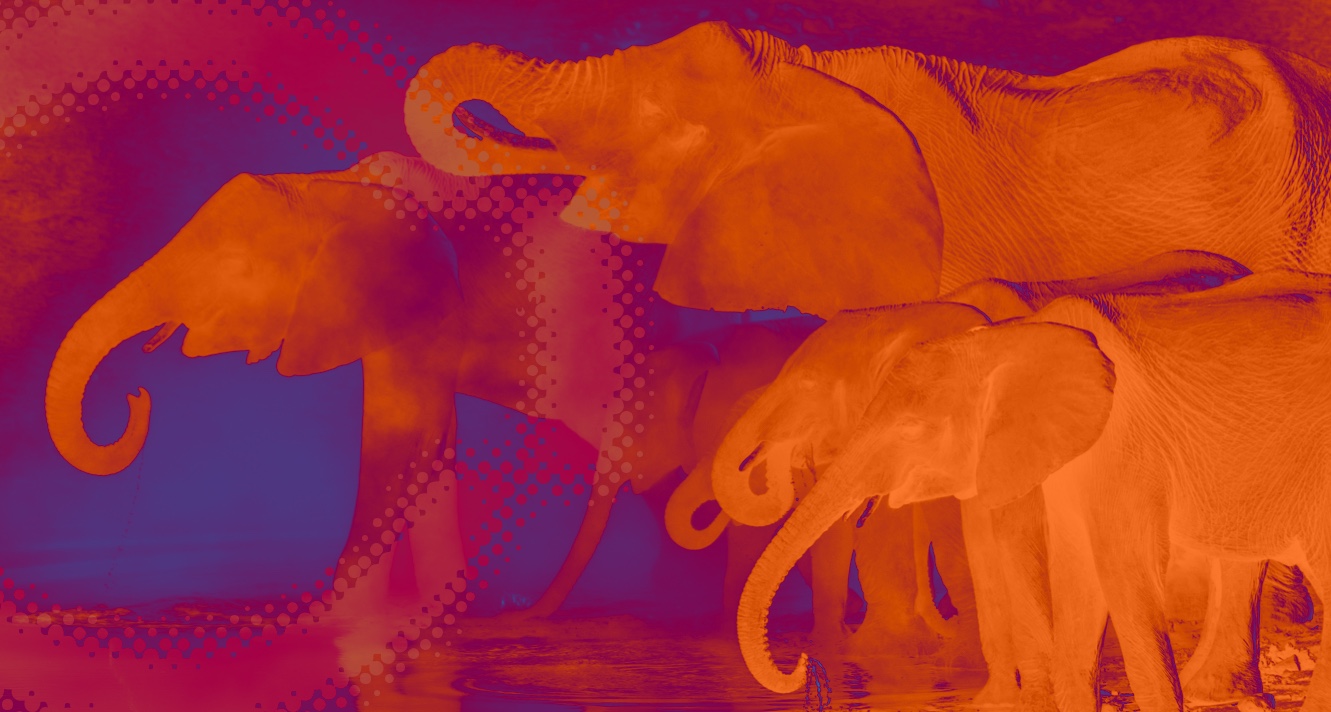


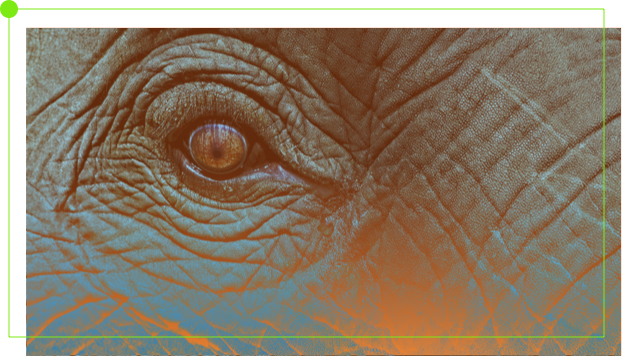
It’s no secret that elephant populations around the globe are in danger.

AFRICAN FOREST ELEPHANT
Loxodonta cyclotis
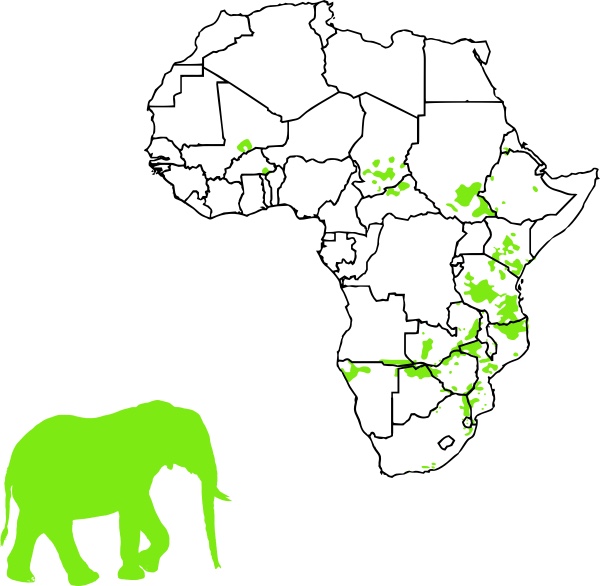
AFRICAN SAVANNA ELEPHANT
Loxodonta africana
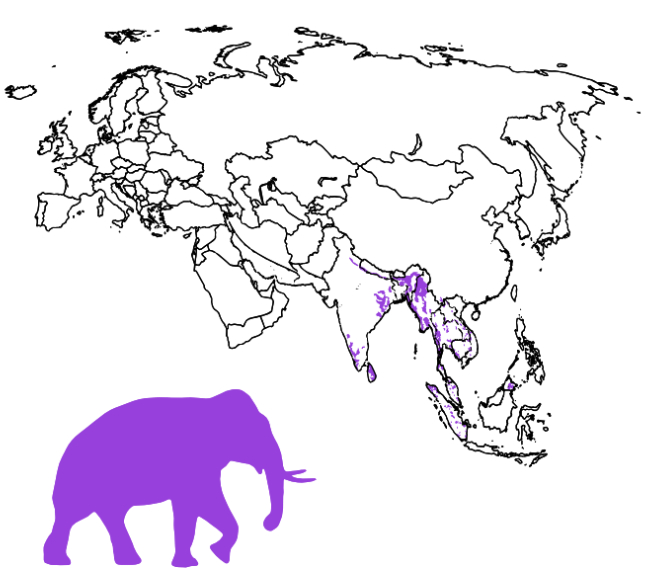
ASIAN ELEPHANT
Elephas maximus
Our research into resurrecting the woolly mammoth will help save them.
And their preservation is vital because elephants are considered a keystone species. This designation signifies that elephants are prime contributors to maintaining the vitality and biodiversity of the ecosystems in which they inhabit.
Learn about our elephantconservations efforts here +
OUR PROCESS
DE-EXTINCTION OF THE WOOLLY MAMMOTH.
- Find well-preserved samples of woolly mammoths in Alaska and Siberia. Whole mammoth remains have been found that look like they were alive on Earth recently, even though they are thousands of years old!

- Sequence many woolly mammoths to be sure the DNA information we get is correct and consistent.
- Use these multiple sequences to get a full genome with a few gaps as sequencing ancient DNA and assemblies allow.

- Sequence many Asian elephant samples to get information from a population of the closest living relative to the woolly mammoth.
- Sequence and assemble the reference genome of the Asian elephant which is available to the public.
- Identify important genes that make the woolly mammoth perfectly adapted to cold temperatures such as shaggy hair, curved tusks, fat deposits, dome-shaped cranium, hemoglobin and much more.

- Work with conservationists to sample elephant tissues and derive healthy growing elephant cells.
- Use gene editing tools that work like scissors to cut elephant DNA and provide a mammoth sequence to incorporate into elephant cells in the same location.

- Edit all relevant genes (65) to make a cold-adapted elephant cell line.
- Verify the edits using sequencing technologies.
- Use stem cell technology to test the traits in cells using
sequencing and functional assays. - Use animal models to test traits such as long hair.

- Use the edited nucleus of these cells and fuse to an Asian elephant egg harvested
from a healthy female Asian elephant donor.

- Implant the early embryo into the healthy Asian or African elephant surrogates.

And the Final Step . . .
Gestation
& Birth
- Care for the surrogates in a world-class conservation facility for the duration of the gestation (22 months!) and afterward.
- Birth of first woolly mammoth calves.
- Help with nutrition and social interaction for the young calves to thrive.


“If you think about the most important headline of the 20th century, unquestionably it was humans landing on the moon. In the 21st century, bringing an extinct species back to life would hold similar weight in the history of humanity. It is hard to imagine a more profound project than the de-extinction of species once considered lost forever.”


Habitat
ARCTIC +
TUNDRA
Greater biodiversity and healthier ice reserves provide evidence that the Earth was in a far better environmental state at the time of the woolly mammoth. Without human intervention, there was no artificial pollution, no land degradation resulting from a mass expansion of destructive agriculture practices, natural resources still in abundance, an absence of overhunting, overfishing, poaching and more.
A key factor was also the presence of a thriving mammoth steppe, comprised of flourishing arctic and tundra regions. These landscapes were vast and responsible for playing a balancing role in the planet’s overall state.
5.5 Million
SQUARE MILES
SQUARE MILES
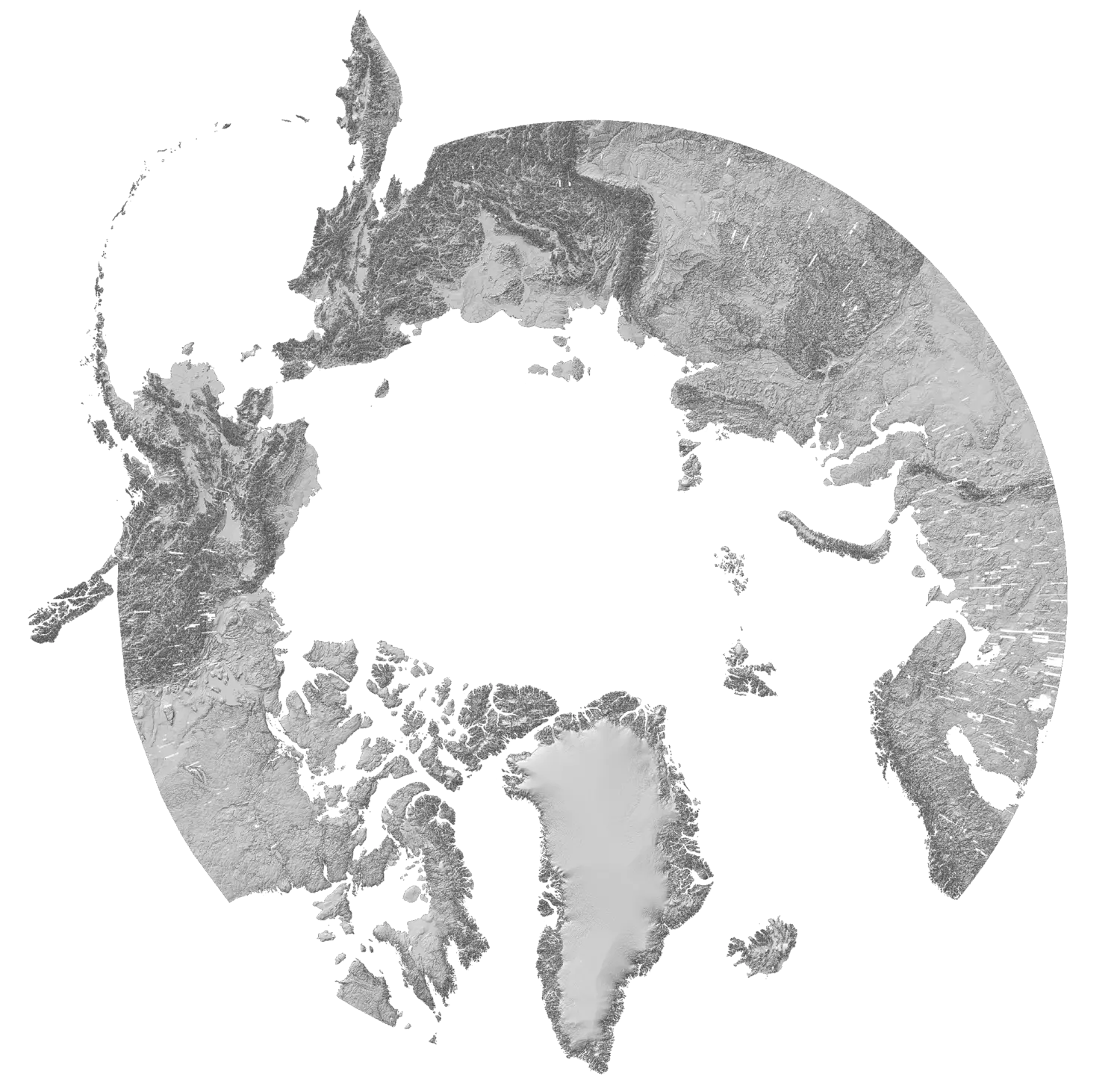
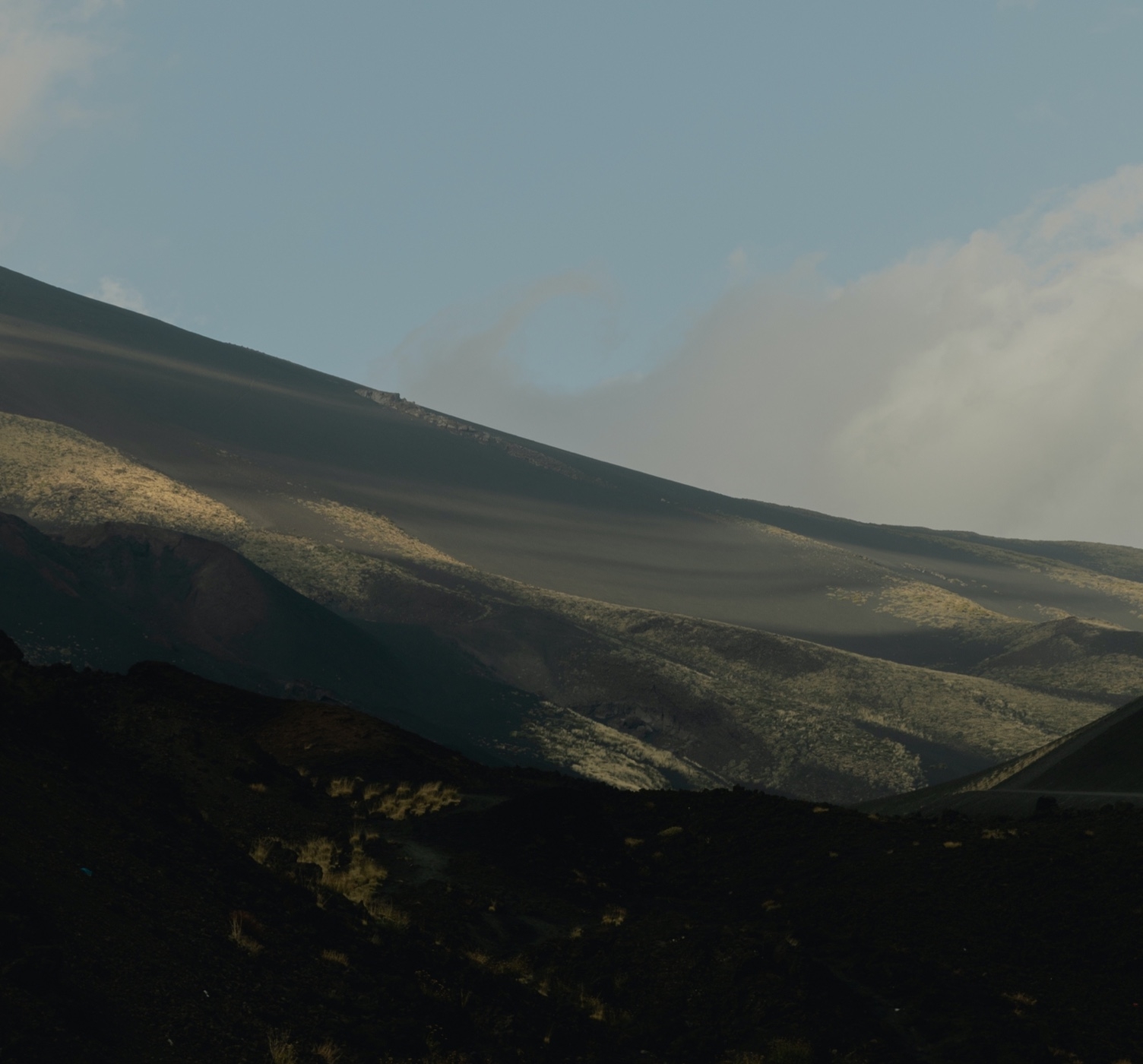
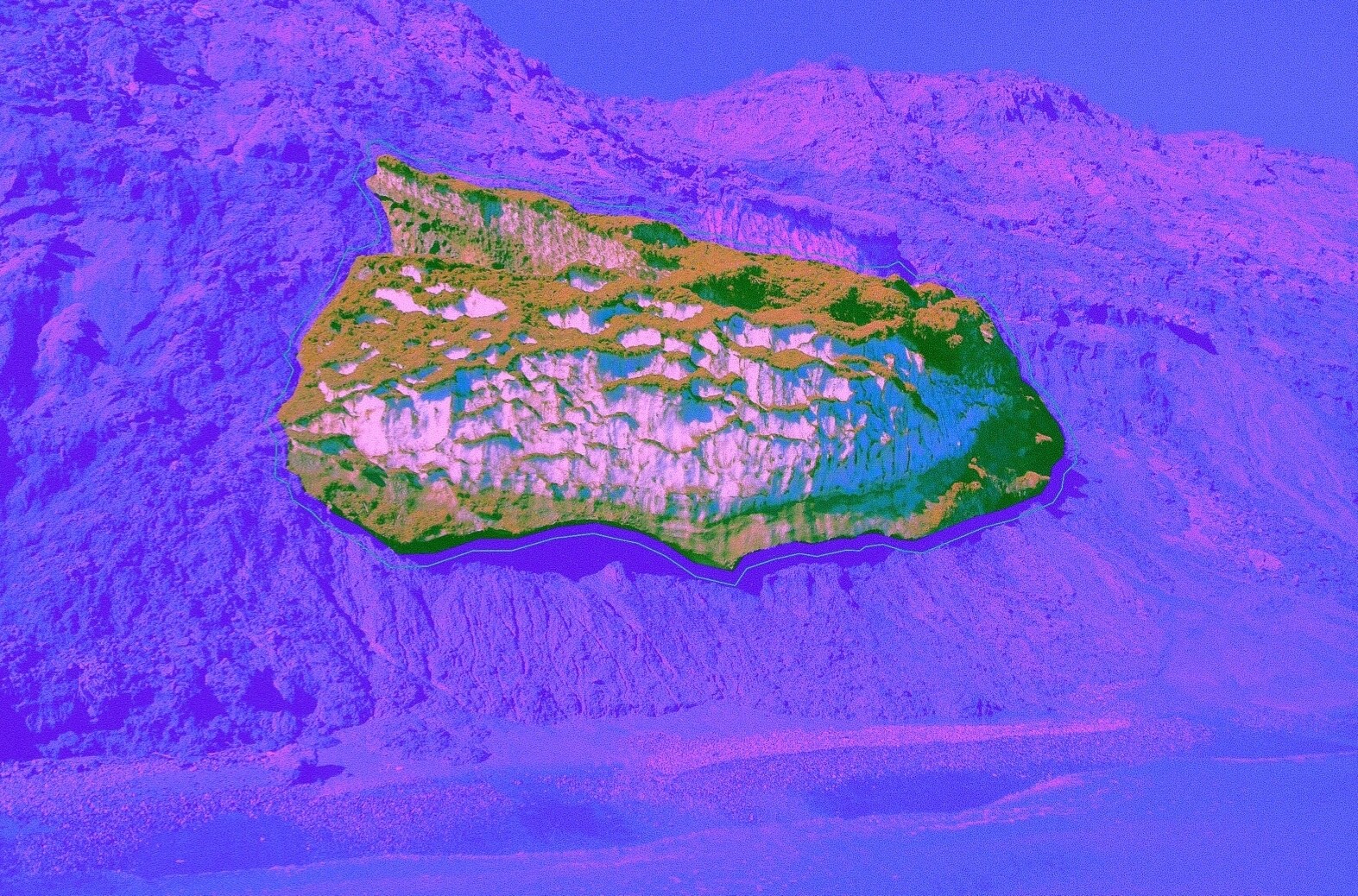
The mammoth’s massive size, thunderous gait and vast migration patterns were active benefactors in preserving the health of the Arctic region. The mammoth steppe was once the world’s largest ecosystem - spanning from France to Canada and the Arctic Islands to China. It was home to millions of large herbivores. And these animals were key to protecting an ecosystem so vast, it affected, if not almost controlled, the climate.
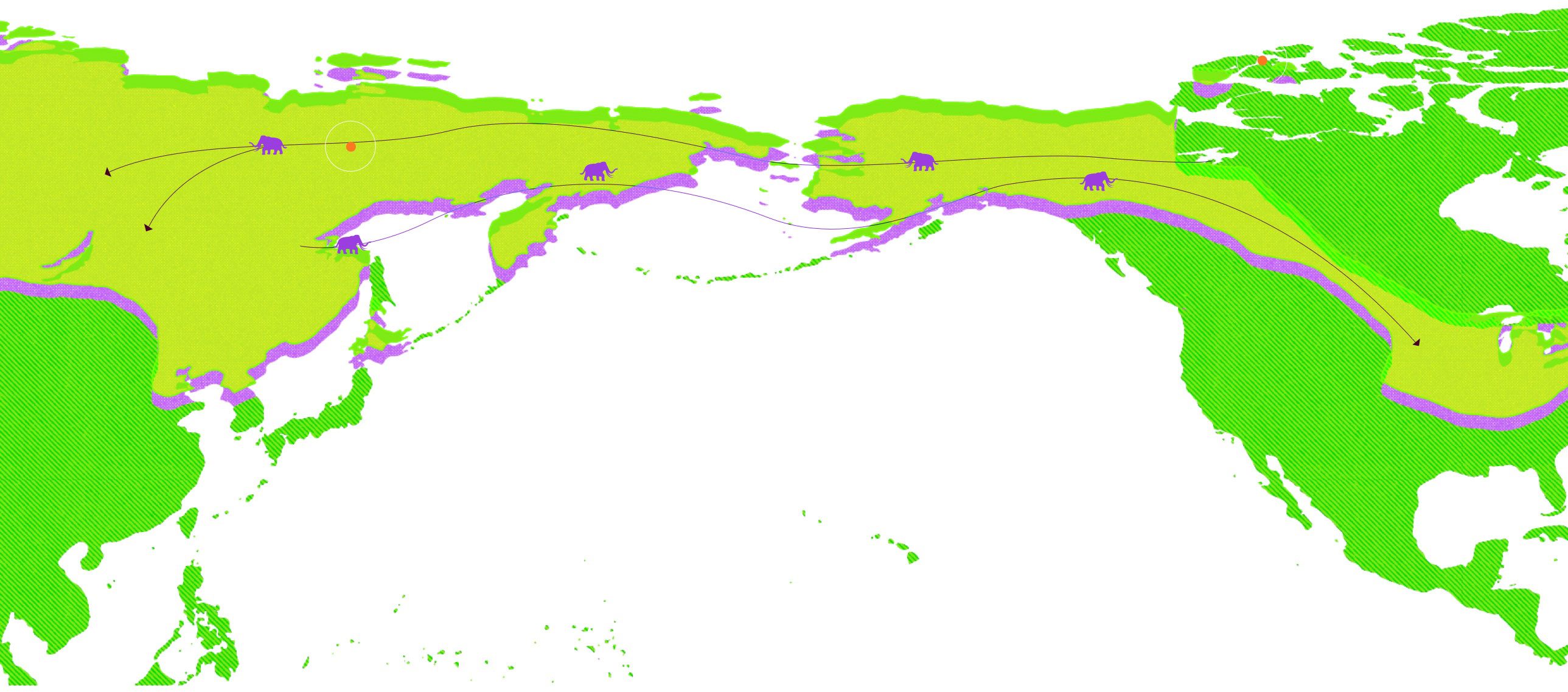
THE
MAMMOTH
STEPPE
It has been estimated the total mass of plants and animals in Siberia’s tundra is now 100-fold less than when it was a steppe -- and other key arguments here
The loss of these large cold-tolerant mammoths over the past 10,000 years has stripped this ecosystem of the grasslands that once efficiently absorbed carbon. Instead, there are mossy forests and wetlands, which aren’t as helpful with combating rising temperatures. However, if the mammoth steppe ecosystem could be revived, it could help in reversing the rapid warming of the climate and more pressingly, protect the arctic’s permafrost - one of the world’s largest carbon reservoirs.
Re-establishing an ecosystem filled with grasslands will help to create a cycle that prevents the thaw and release of stored greenhouse gases within the arctic permafrost. With cold-tolerant elephant mammoth hybrids grazing the grasslands and roaming comfortably during the winters, they scrape away layers of snow, so that the cold air can reach the soil. This also allows grasslands to thrive and since they’re lighter than forestry, the snow won’t melt as quickly. Making way for another benefit - a surface that reflects the Sun’s radiation.

The fundamental conclusion to be reached is quite simple: the woolly mammoth was a natural custodian of a healthier planet.
Bringing the woolly mammoth back means bringing back a better Earth.
Bringing the woolly mammoth back means bringing back a better Earth.
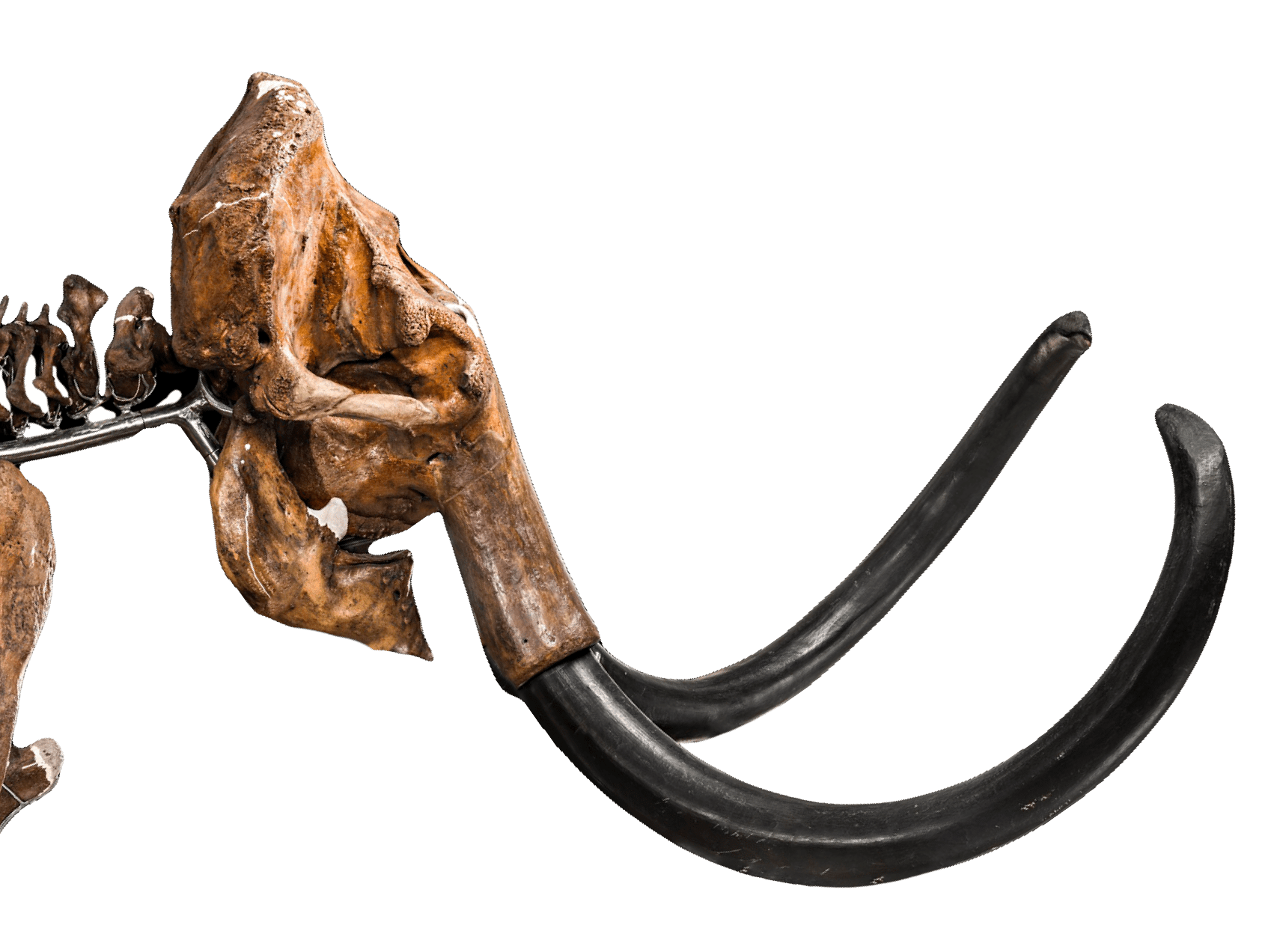
“The last population of mammoths went extinct only about 4,000 years ago. They lived in a world that had written stories, the Great Pyramids, and beer.
That’s not some ancient Jurassic landscape—that’s this world, and they belong in it. When we lost them, and other recently extinct creatures, we forfeited the ecosystem services they provided. By bringing them back, we could help restore a world tipped out of balance by us humans. We have a chance now to begin to reverse the tide of destruction and to set ourselves on a pathway towards a renewed, regenerative world.”
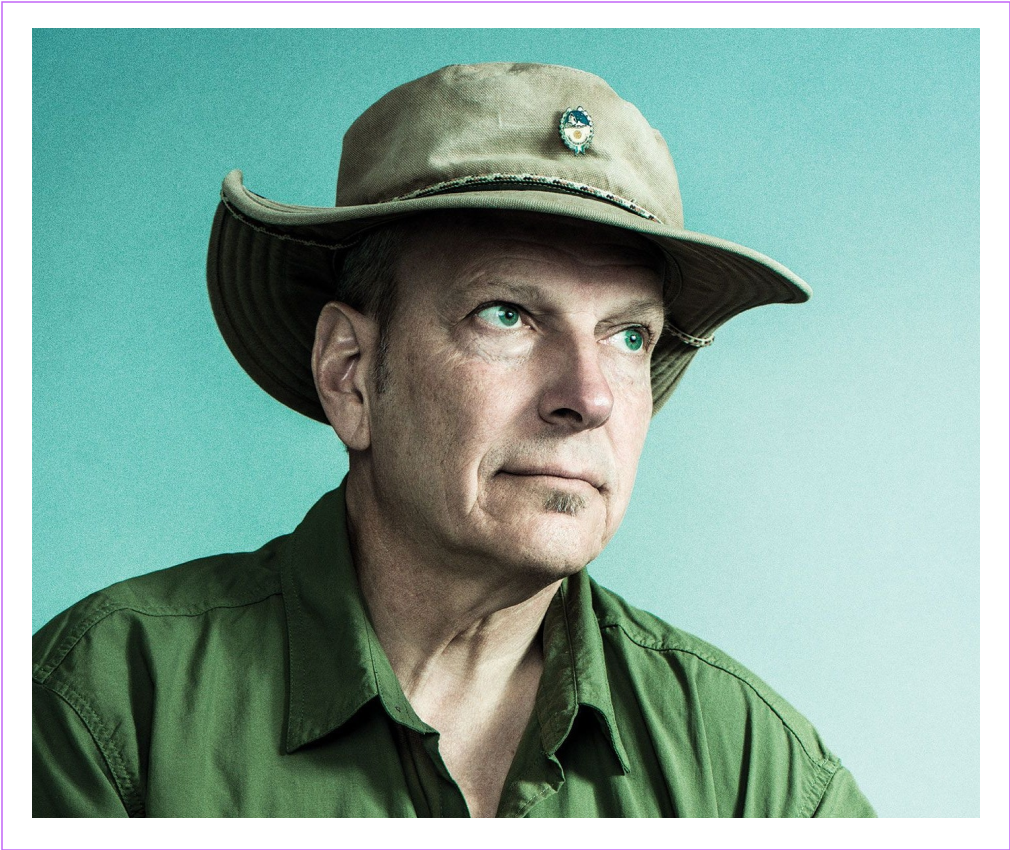
Founding Dean and Professor, School of Earth & Environment
Founding Director, Jean & Ric Edelman Fossil Park & Museum Rowan University
[ Colossal Executive Advisory Board Member ]

EXTINCTION

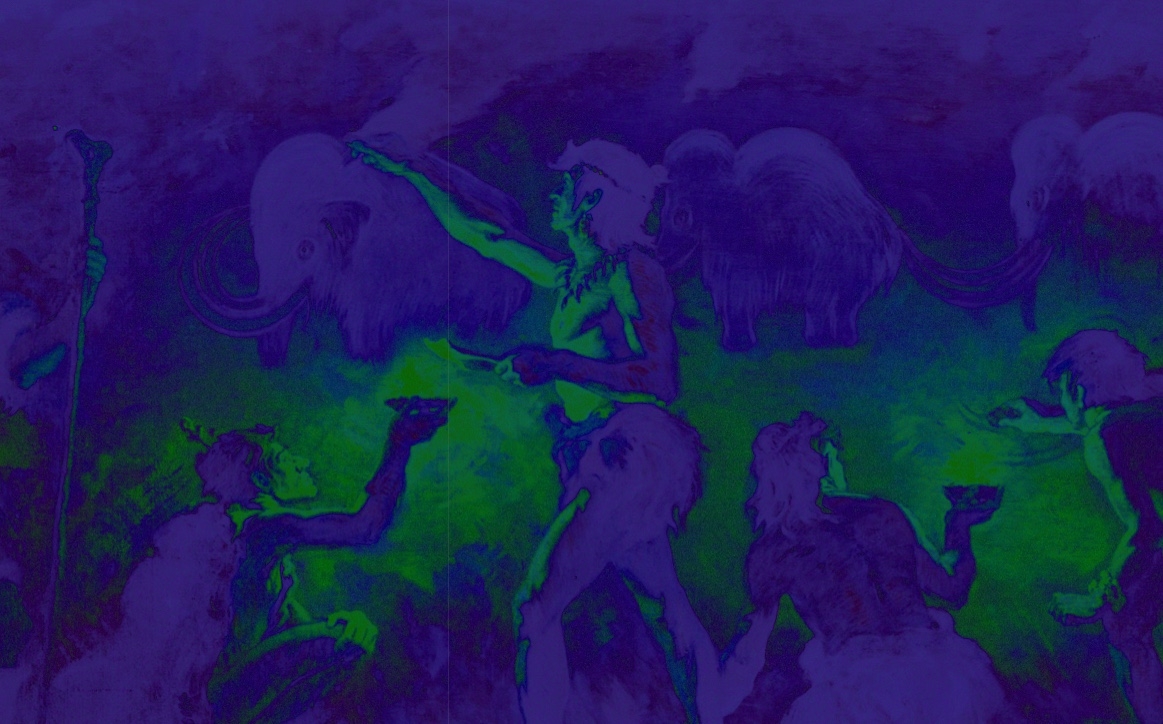
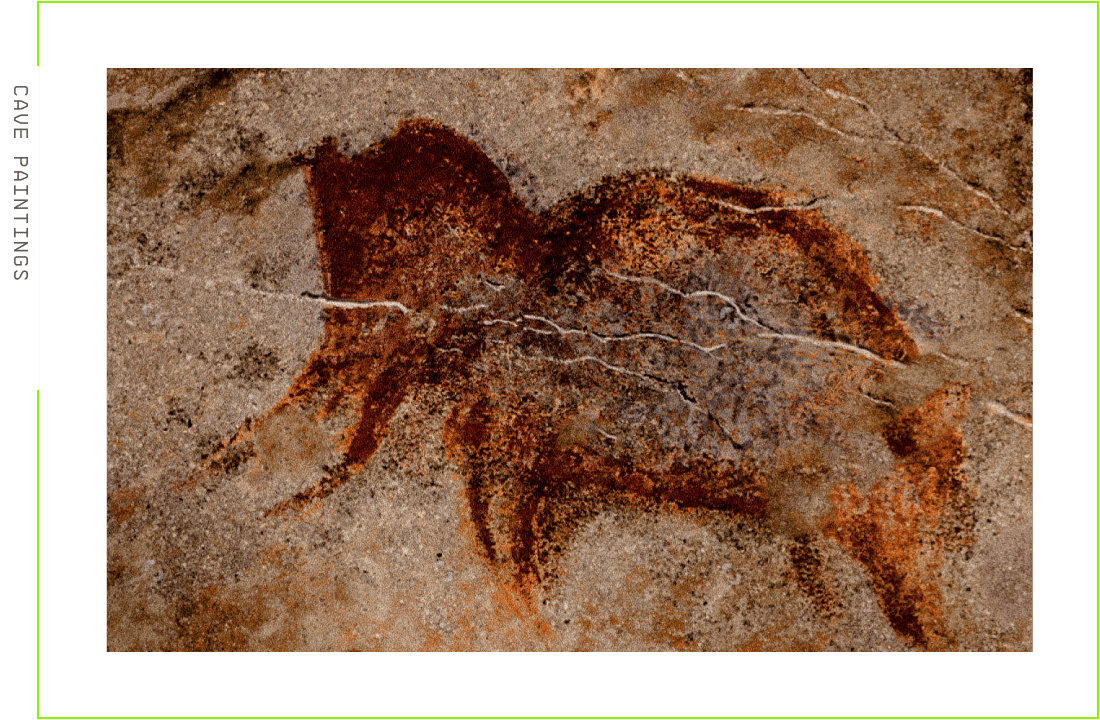
ONLY
4,000
SHORT
YEARS
AGO 

In reality, they lived all the way up until 1650 B.C. - a relatively short period of time in biological and geological terms. The evidence is clear that humans lived among woolly mammoths and considered them a big part of their subsistence and habitat. Most of this evidence comes from caves across today’s countries of England, Spain and France.
The most notable example of mammoth and human interaction was found (and is still preserved) inside the Rouffignac cave, located in a mountainous area of southwestern France. Inside the cave, known as the Cave of a Hundred mammoths, are more than 250 paintings and depictions along the cave walls, etched into the stone by humans who called the cave home during the Middle Magdalenian, Mesolithic, Tardenoisian, Sauveterrian and Neolithic periods. Also found inside the cave are mammoth bones and tusks fashioned into a number of uses including tools, art objects, furniture and burial items.

Rouffignac
cave
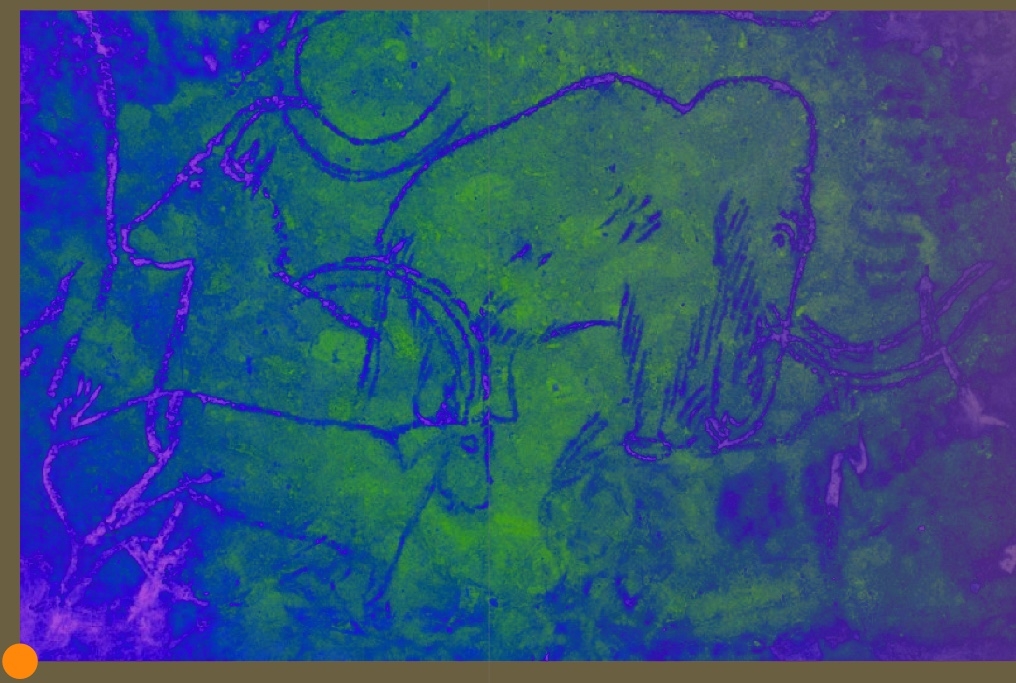

Thus it is clear that humans and mammoths lived amongst each other, and perhaps that humans relied on the mammoth as part of their equation for survival. It is also quite clear, however, that humans (and Neanderthals) helped to bring out the eventual extinction of this important neighbor. There is evidence that humans harvested mammoths as a source of protein, used their tusks for art and other luxuries, and employed their bones and tusks in the construction of dwelling structures. Given their massive size and slow reproductive rates many believe that human hunting was one of a few major causes of the mammoth’s extinction.
Along with humans, natural climate changes caused a shrinking of the mammoth’s available living habitat spaces. The animal was basically being geologically sequestered by the Earth, forced to live in tighter areas of land. This caused the genetic pool to shrink and problems related to inbreeding eventually began to occur. Eventually, the planet’s mammoth population was reduced to two small communes of about 500 to 1,000 each - one on St. Paul Island just off the southwest coast of Alaska; the other Wrangel Island, off the northeast tip Russia. The Wrangel Island mammoths existed up until about 4,000 years ago and disappeared quite suddenly, with evidence pointing to a human hunting expedition as the likely cause.

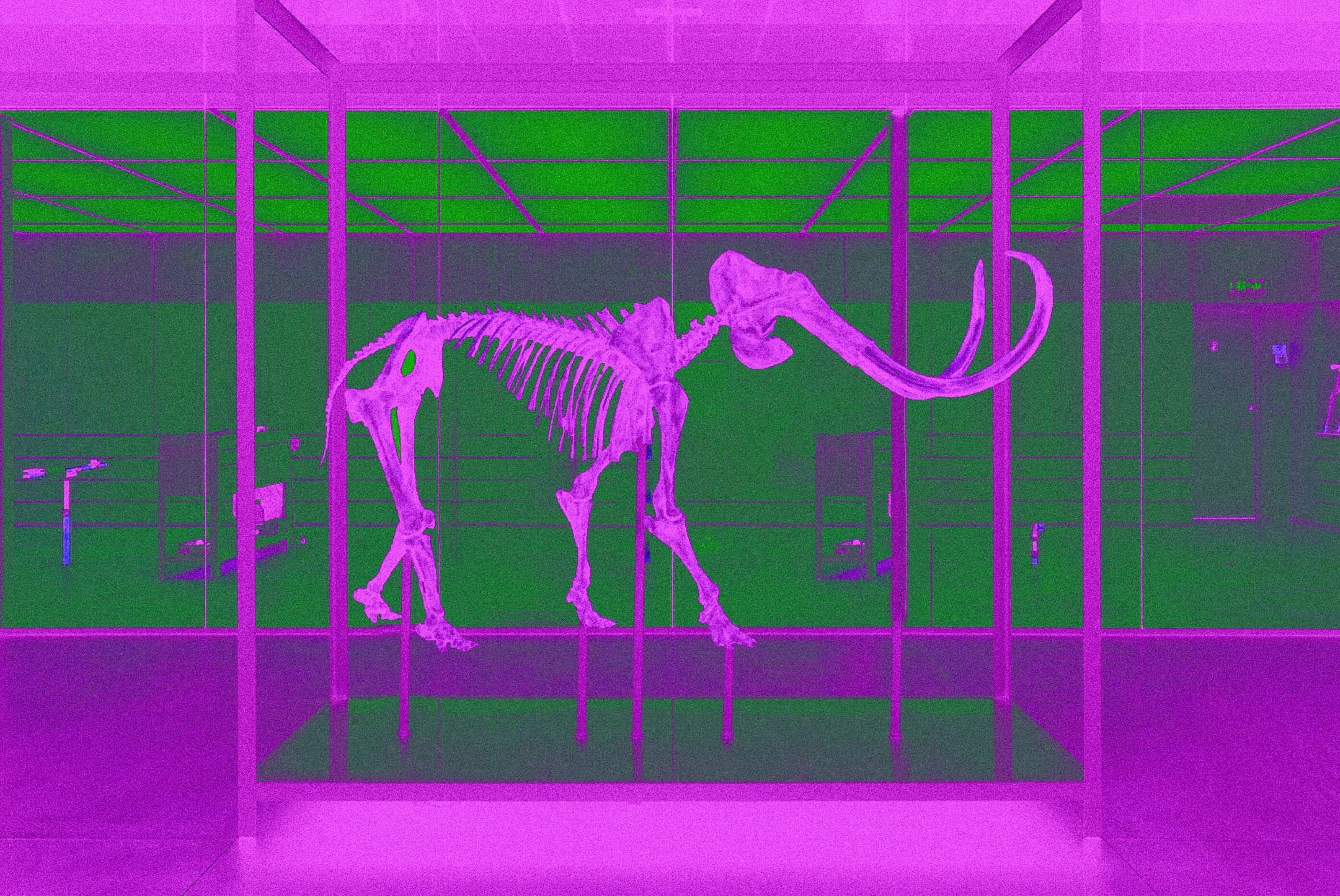



The Mammoth Is Almost  Elephant
Elephant

Evolution is a slow-moving beast. The changes in protein pairing of any specific genome take millennia after millenia to manifest. Thus, while the woolly mammoth is not currently stomping its way across the tundra, the animal’s code is in fact almost 100% still alive in today’s Asian elephants. Precisely, the two mammals share a 99.6% similar DNA makeup. While this may seem like a small number, it’s still an enormous challenge to overcome - more possible today than ever with modern genetic engineering knowledge and technology. And the scientists at Colossal are leading the globe in research and progress into bringing the mammoth back - closing this .4% of genome similarity through the use of CRISPR genome editing.
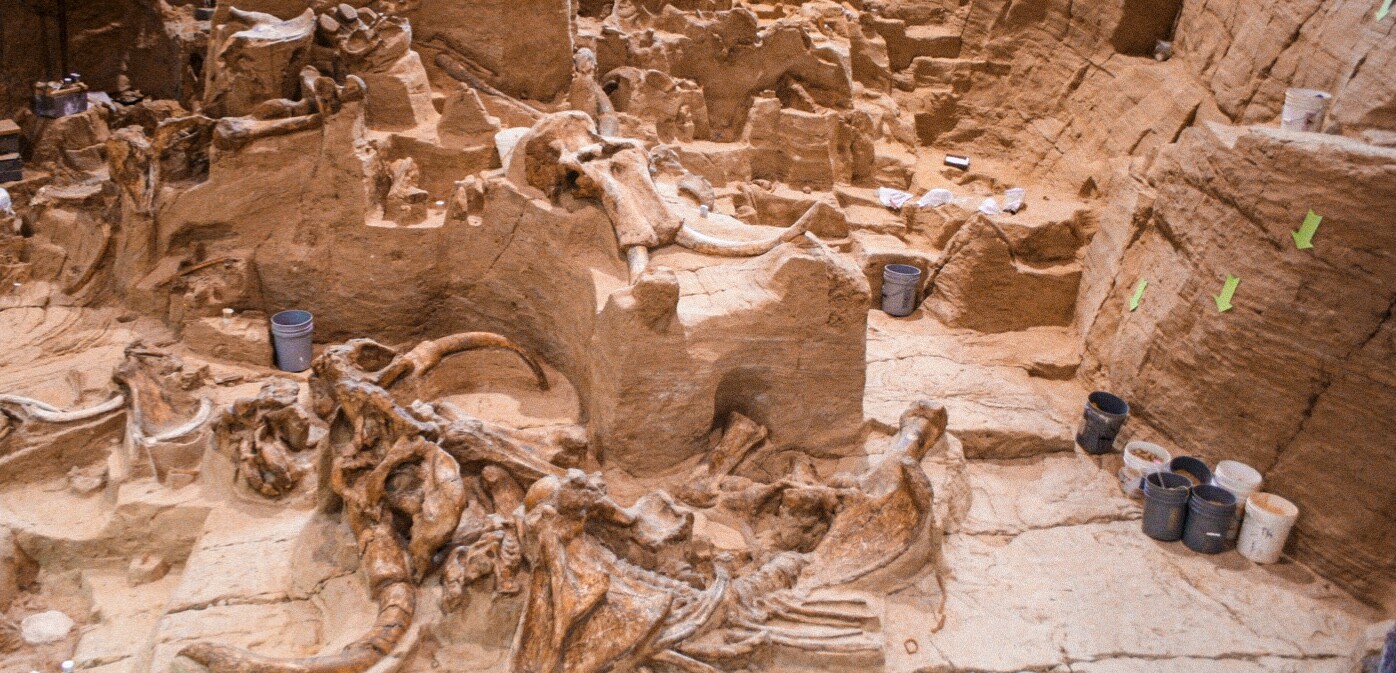
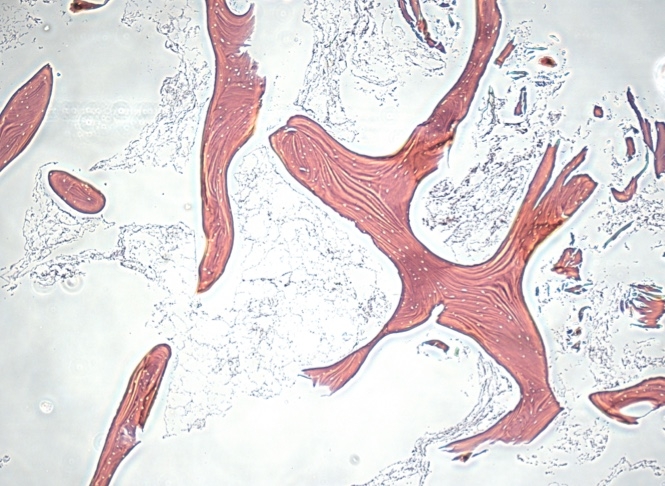

So how did we find mammoth DNA?
How do we know what to do?
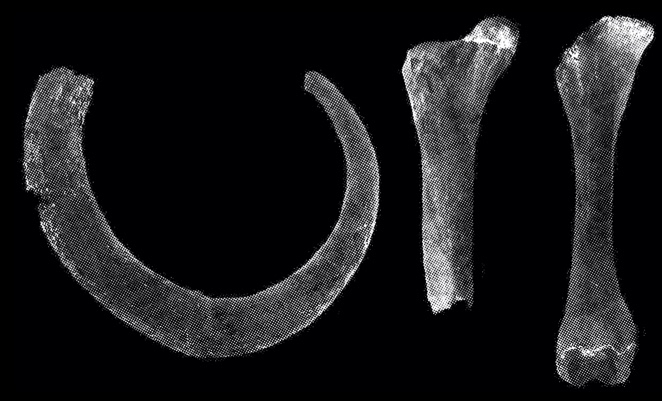
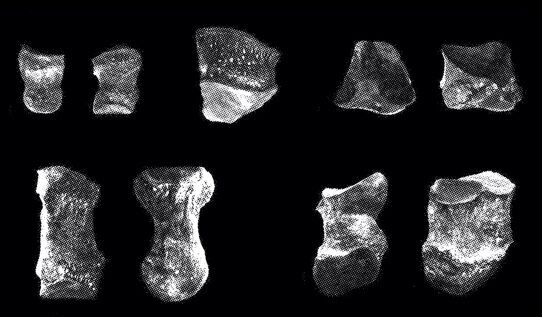
The answers to these questions are quite simple, even though the science behind them is quite complex. Firstly, mammoth remains have been preserved remarkably well, even across millennia. Thanks to its habitat in the permafrost, tundra and frozen steppe regions, many mammoths who died never fully decayed - instead staying sealed in ice for later discovery. Thus the tissue samples collected contain intact DNA, undigested food in mammoth stomachs, fur, tusks and more.
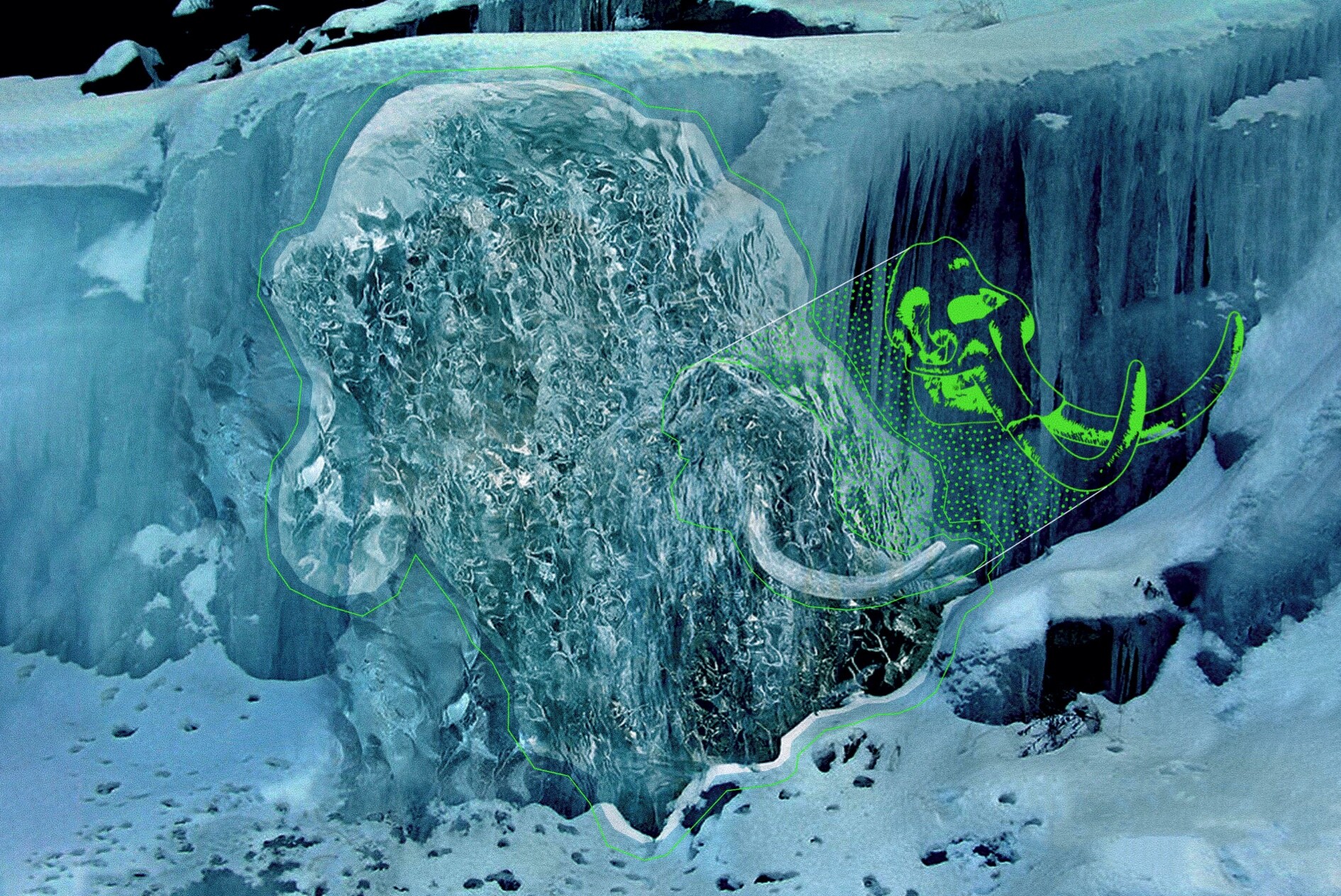
GEORGE
CHURCH
The world’s leading woolly mammoth advocate and top genetic engineering scientist, especially regarding CRISPR - the mechanism that will ultimately lead to the first woolly mammoth back on Earth, in the last 4,000 years.


In the News
RESTORING THE MAMMOTH: PAST TO PRESENT
1988-1996
NORTHEAST SCIENCE STATION ESTABLISHED IN CHERSKY, RUSSIA
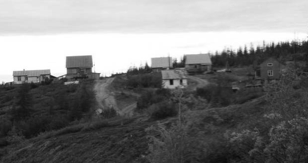


GENETIC RESCUE OF
ENDAGERED + EXTINCT SPECIES
[ revive & restore ]
Stewart Brand: The Dawn of De-Extinction. Are You Ready?

Throughout humankind's history, we've driven species after species extinct: the passenger pigeon, the Eastern cougar, the dodo, etc.
But now, Co-Founder of Revive & Restore Stewart Brand says we have the technology (and the biology) to bring back species that humanity wiped out. So -- should we? Which ones? He asks a big question whose answer is closer than you may think.

Our Process:
DE-EXTINCTION OF THE WOOLLY MAMMOTH:
In the field & Lab
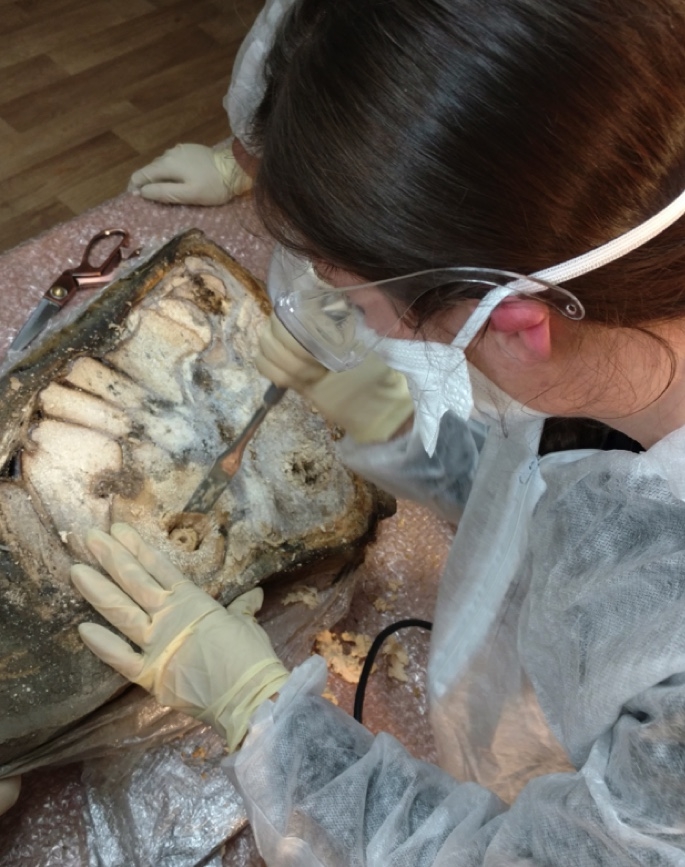
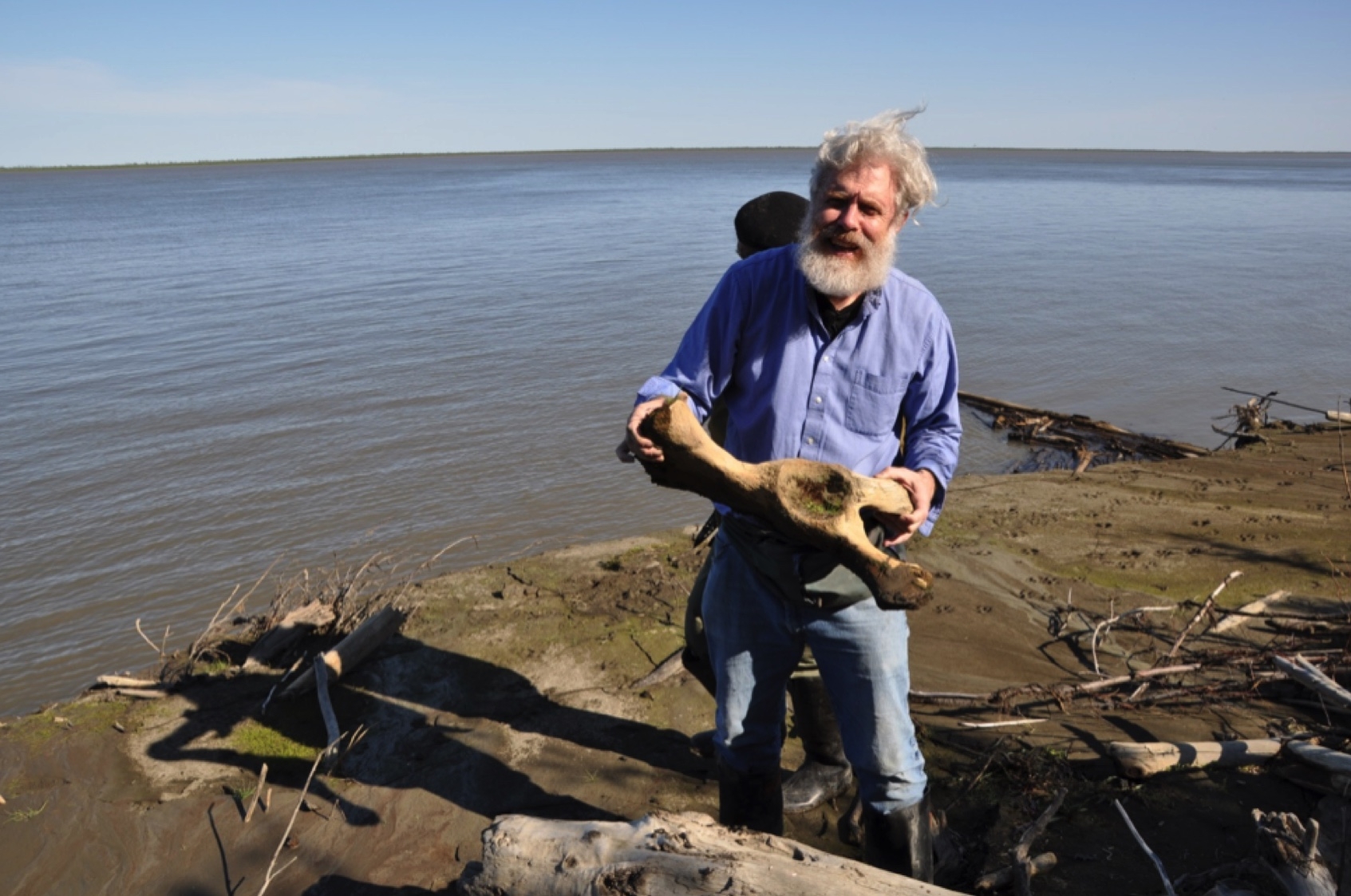
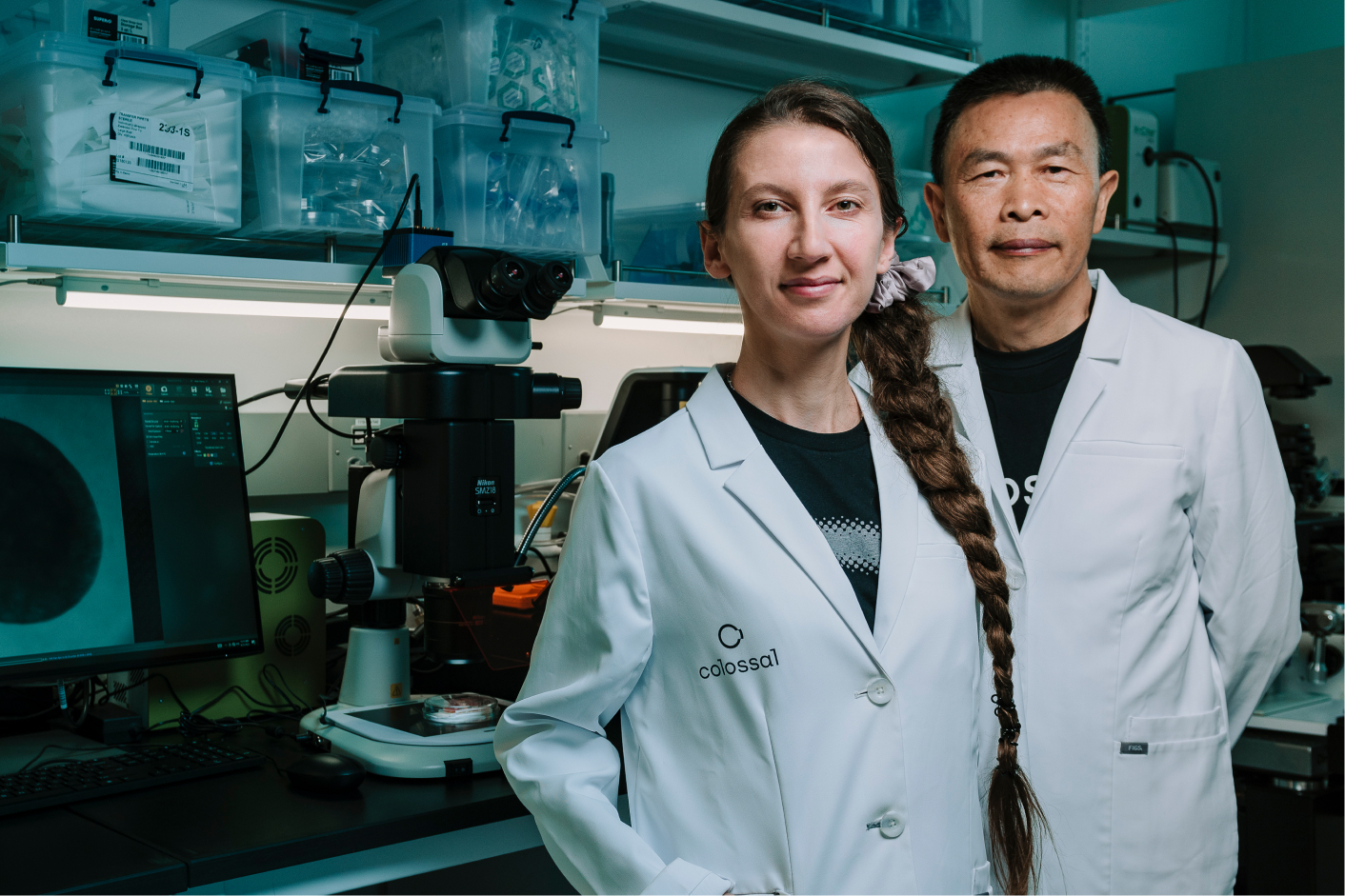



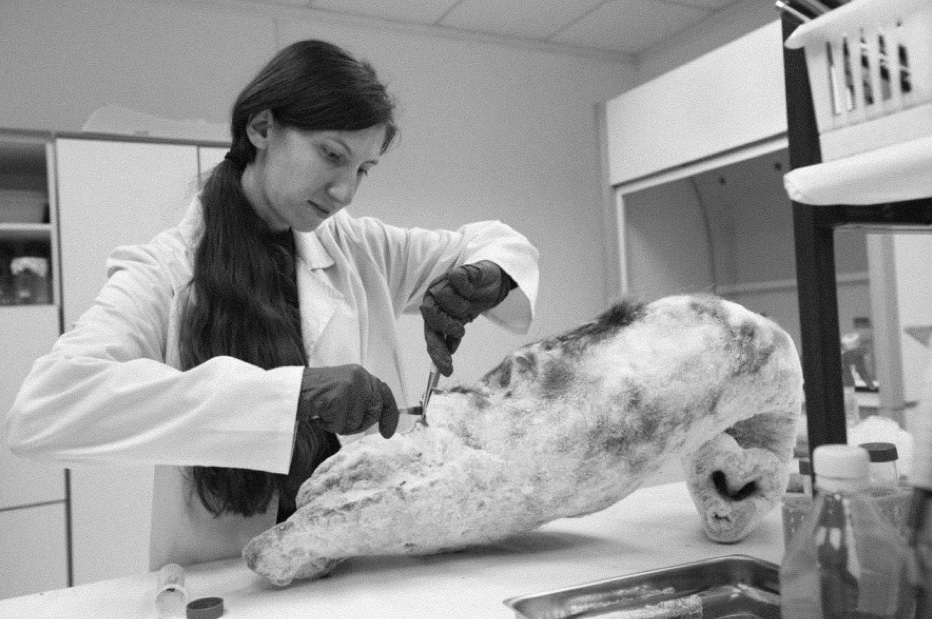

For more information on the R&D behind the woolly mammoth :
Get Involved

"Bring back the woolly mammoth! Colossal will be the first company to use CRISPR technology to de-extinct previously lost species starting with the mammoth. In the de-extinction process Colossal will build world-class software products for CRISPR and their breakthroughs will have major implications for biotechnology products, treatment of diseases, and genomics."
/////////// PREVIOUS INVESTMENTS INCLUDE













